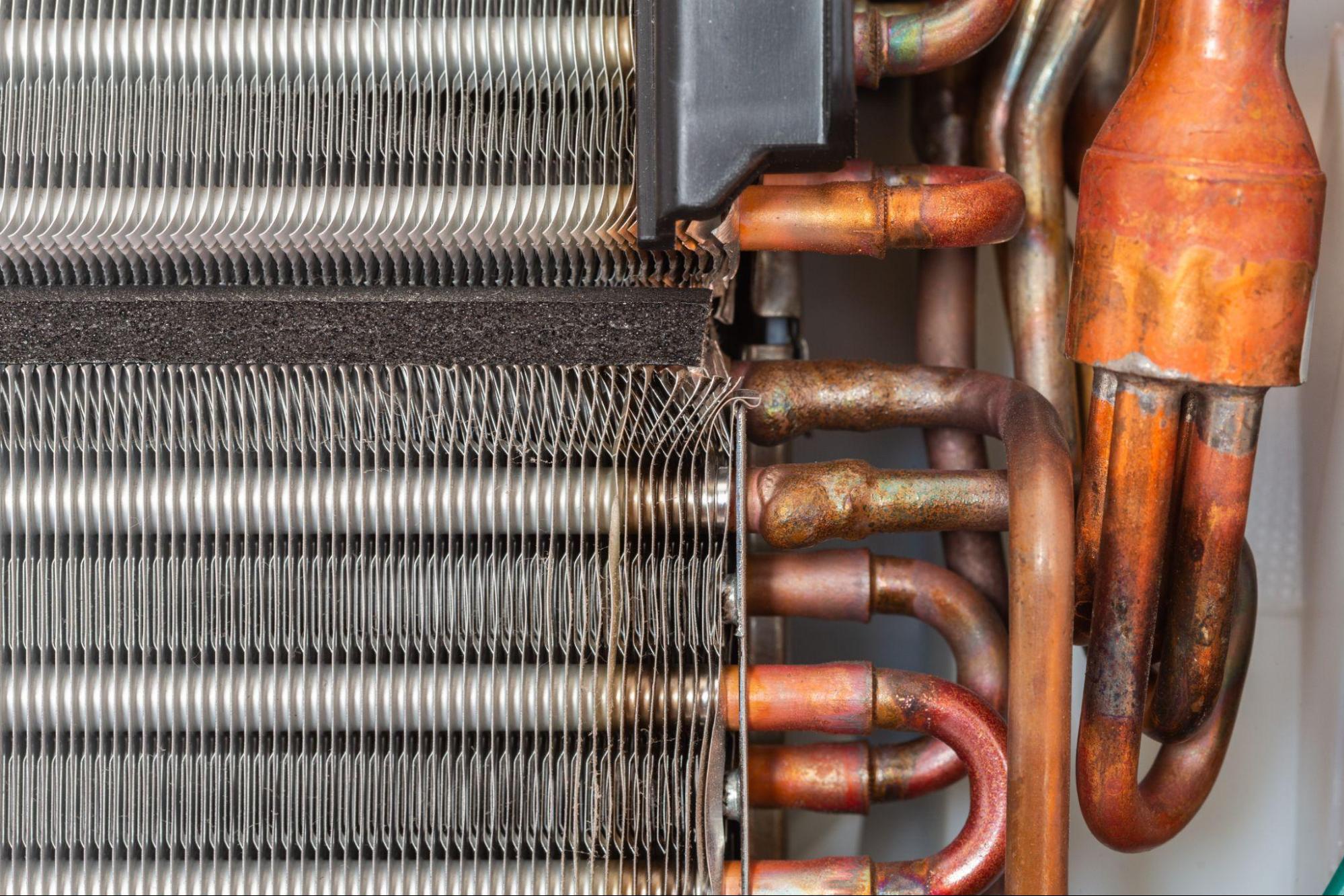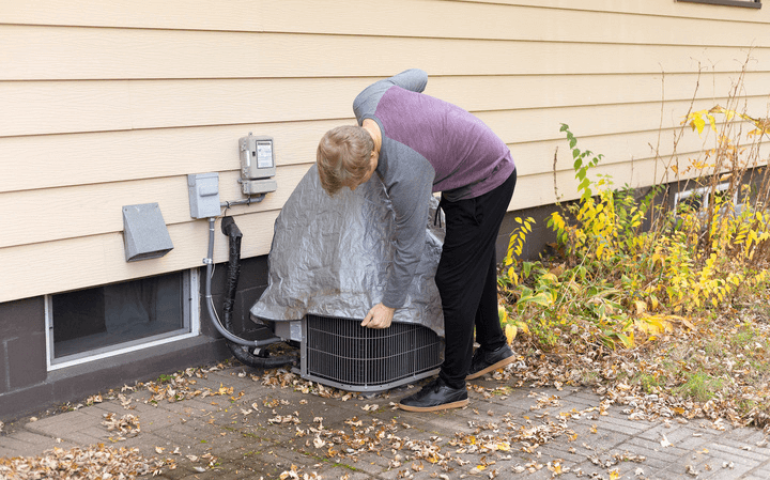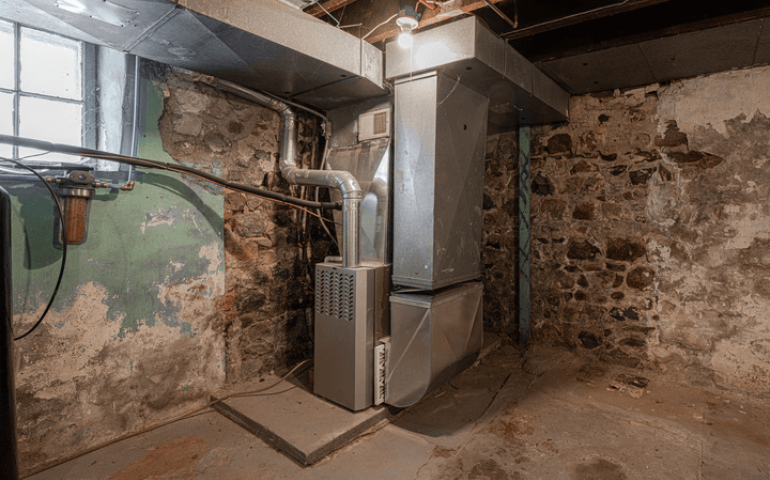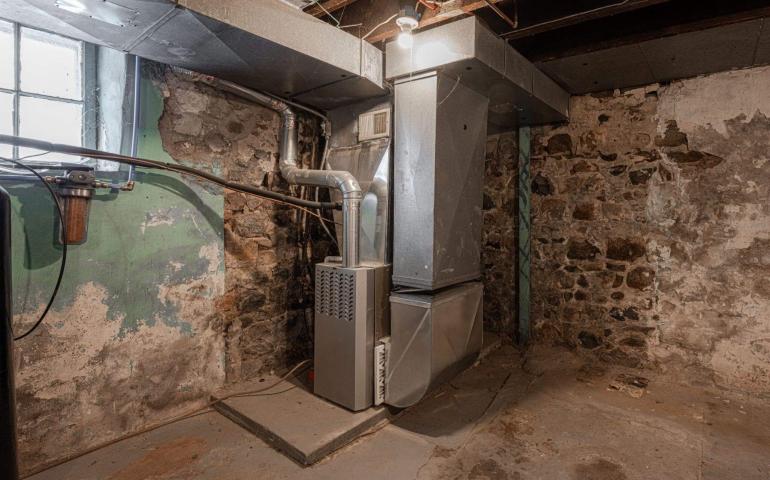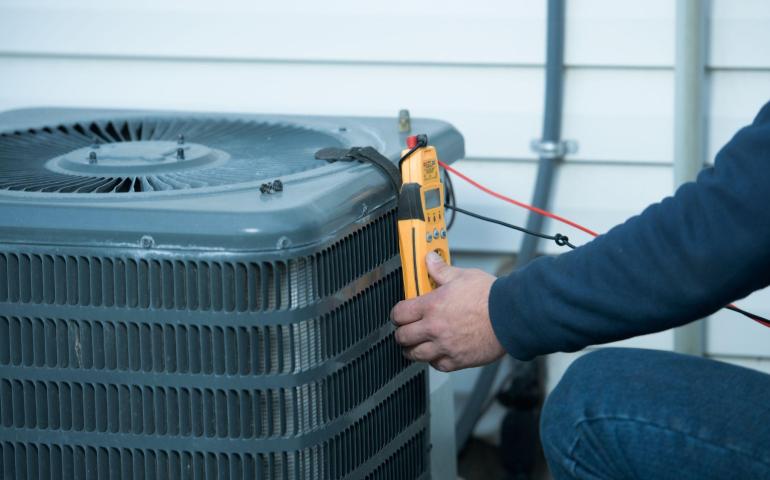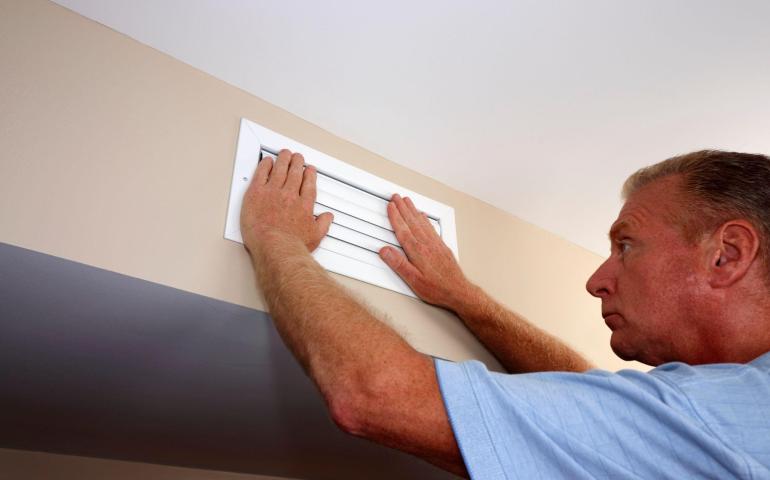Your air conditioning system has several components that work together to cool your home. The evaporator and condenser coils are two very important parts. They both help with cooling, but they serve very different functions.
What are Evaporator and Condenser Coils?
Evaporator Coils
This coil is located inside the air handler or furnace. It uses refrigerant to absorb heat from the air in your home and cool it before sending it back out.
As the refrigerant moves through the coil, it changes from a liquid to a gas, picking up heat from the air in the process. This is what allows cooled air to flow into your home.
Condenser Coils
The condenser coil is located in the outdoor unit of your HVAC system. Once the refrigerant has absorbed the heat inside your home and turned into a gas, it flows into the condenser coils.
As the heat is released into the outside air, the gas is cooled and compressed into a liquid. This final step is crucial in completing the cycle that allows your air conditioner to cool your home.
Key Differences Between The Two Types of HVAC Coils
Refrigerant:
- Evaporator Coil: Contains low-pressure gas refrigerant that absorbs heat from the air.
- Condenser Coil: Uses high-pressure liquid refrigerant that releases heat to the outside environment.
Maintenance Needs:
- Evaporator Coil: Requires regular cleaning to prevent dirt buildup, which can block airflow and reduce efficiency.
- Condenser Coil: Needs frequent cleaning to remove outdoor debris that can obstruct airflow and cause overheating.
Impact on Efficiency:
- Evaporator Coil: Directly affects indoor air quality and comfort by regulating the temperature inside your home.
- Condenser Coil: Influences the system's overall performance by ensuring the refrigerant is adequately cooled and ready for the next cycle.
Design:
- Evaporator Coil: Typically made of copper or aluminum, and is designed to maximize the surface area for heat absorption.
- Condenser Coil: Usually made of copper or steel and built to dissipate the heat absorbed by the refrigerant.
Common Issues and Maintenance Tips for HVAC Coils
Regular maintenance is key to avoiding breakdowns and maintaining the efficiency of your cooling system. Here are some common issues with evaporator coils and condenser coils, along with some tips on how to prevent them:
- Ice formation
- Dirty coils
- Overheating
- Damaged coils
- Reduced cooling
- Leaking
Maintenance Tips
For evaporator coils, be sure to change your air filters regularly to maintain proper airflow and prevent issues like your coils freezing over. Also, make sure the area around the indoor unit is free of dust and debris.
Damaged or corroded evaporator coils can lead to refrigerant leaks, which reduce cooling and cause system shutdowns. Schedule a yearly HVAC cleaning and inspection to keep your evaporator coil working.
Regular outdoor maintenance is key for condenser coils. Dirt, leaves, and debris can block airflow around the coil, causing the system to overheat. Be sure to clean the area around the outdoor unit often.
If you notice your system isn’t cooling as well as it used to, it could be due to damage or wear on the condenser coil. An HVAC professional can inspect and repair the coils to return them to peak performance.
Ensure Peak HVAC Performance with Proper Coil Care
When you understand how your air conditioner coils operate, you can better appreciate the system that keeps your home comfortable year-round.
Knowing how the two types of HVAC coils work helps you spot early signs of potential problems. This allows you to talk more clearly with your HVAC technician. It also enables you to make better choices about repairs or upgrades.
Master Mechanical can help with any of your HVAC repair or maintenance needs. Whether you're dealing with inconsistent cooling, rising energy bills, or just want to extend the life of your system, our experts are available 24/7.

